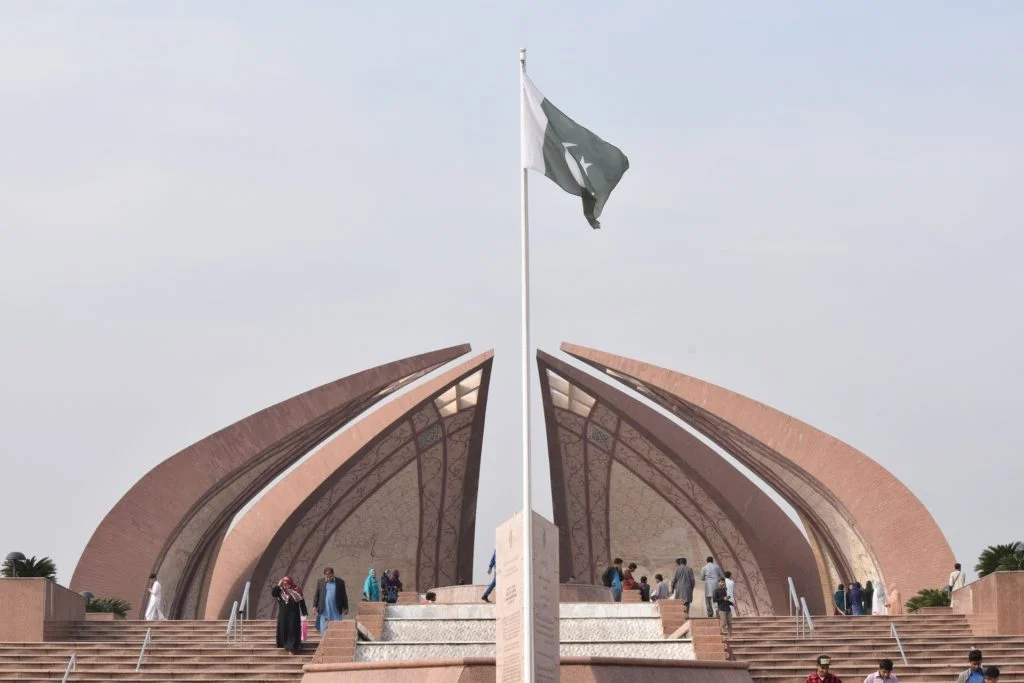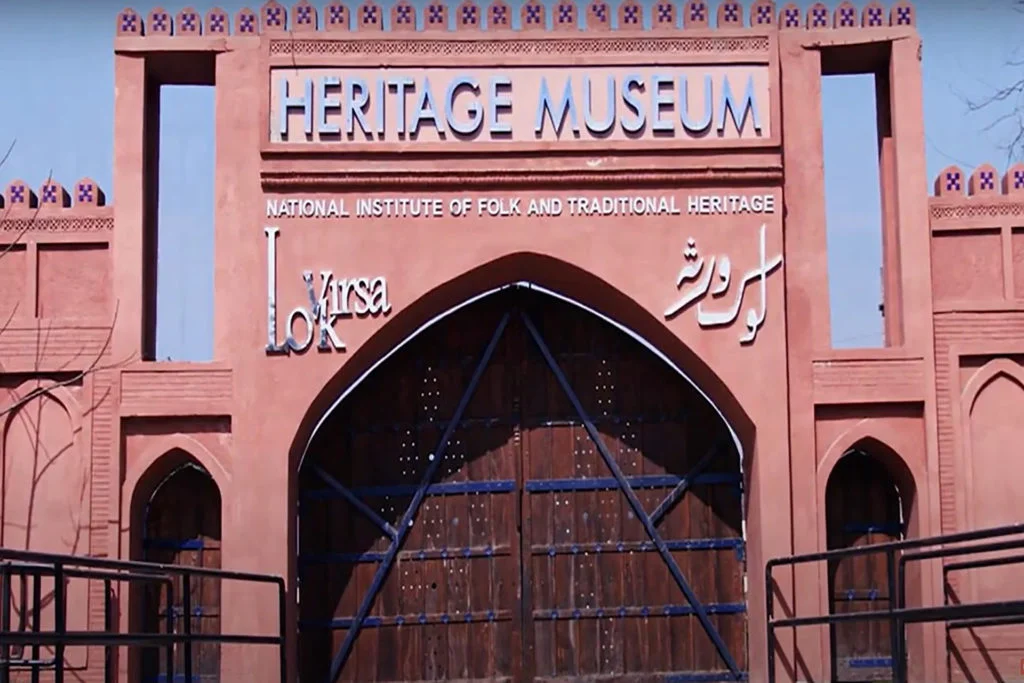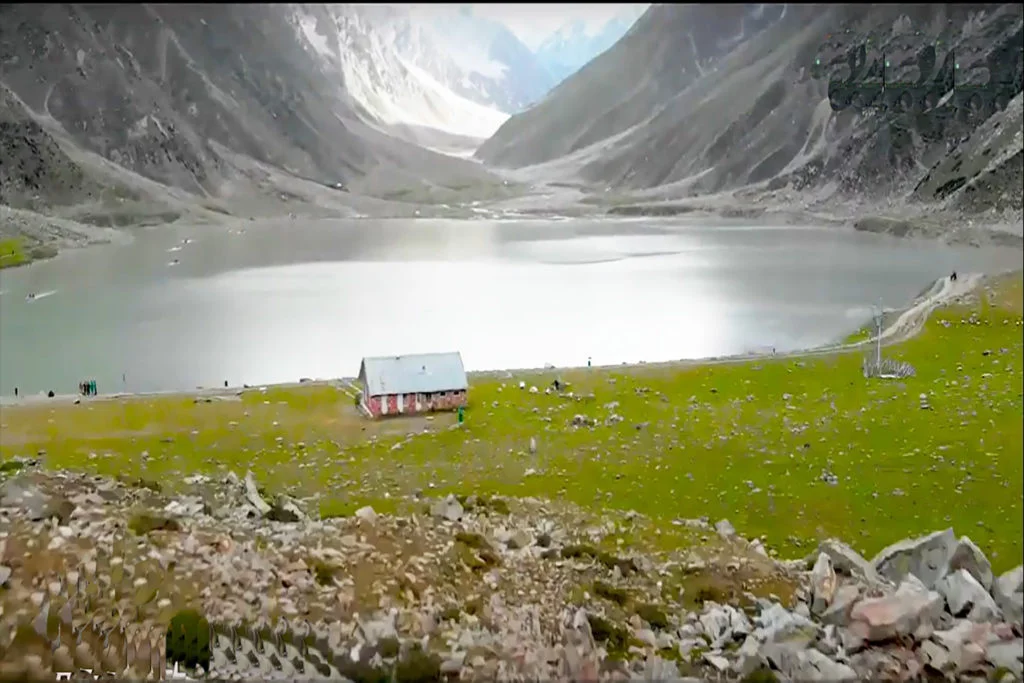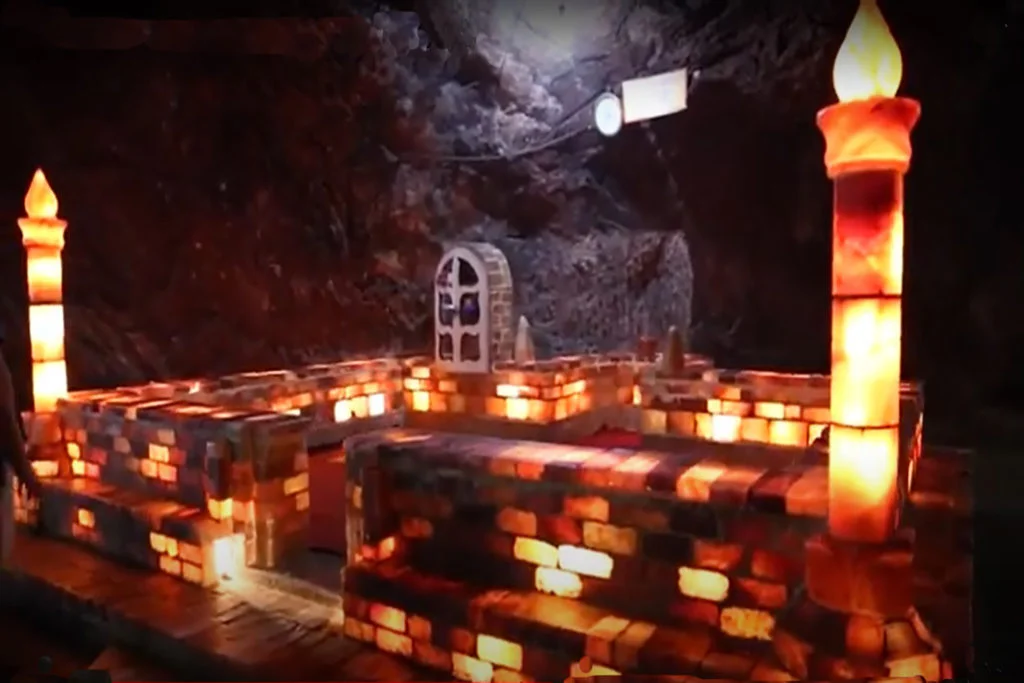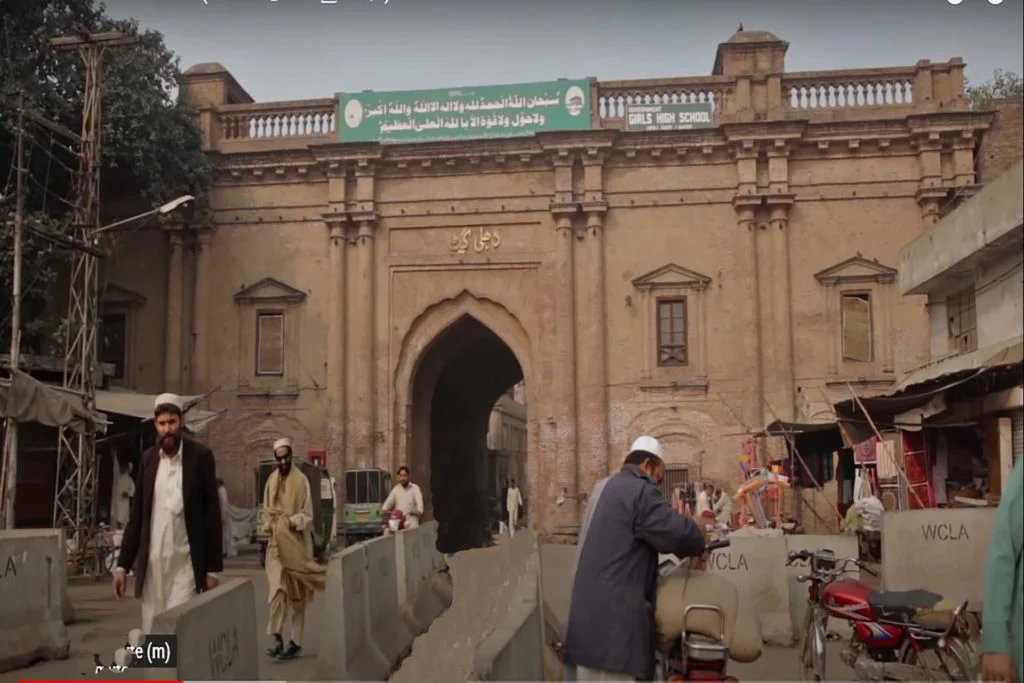Swat Museum, situated along Saidu Sharif Road in the picturesque Swat District of Khyber Pakhtunkhwa Province, Pakistan, is a treasure trove of cultural heritage.
Location of Swat Museum
Nestled 1.9 km from Mingora town, this museum has evolved into a repository of artifacts showcasing the rich Buddhist legacy in Swat.
History of Swat Museum
Originating in 1959 through collaboration between the Italian Archaeological Mission to Swat and the Wali of Swat, the museum aimed to house the Wali’s private collection of artifacts. Subsequently, with support from the Japanese government, the museum underwent expansion. Unfortunately, it suffered severe damage during the Kashmir earthquake in 2005.
The artifacts on display in Swat Museum piqued our interest, but the written descriptions were often inadequate or even inaccurate. Turning to Google, we sought to uncover the authentic background of these items.
The collection vividly reflected the cultural richness of the past, highlighting the Buddha statues, household articles, and sculptures that spoke volumes about the region’s heritage.
For future visitors, it’s advisable to arrive early, inquire about break times, and be prepared for historical artifacts, some dating back thousands of years. Notable pieces include Buddha statues, religious artifacts, a colossal footprint believed by Buddhists to be Buddha’s, and a rock model of a temple. The museum also houses Swat customs clothing, accessories, and traditional wooden furniture.
The Swat Museum, located between Mingora and Saidu Sharif, is renowned for preserving the heritage of the Gandhara civilization. A must-visit for tourists exploring the picturesque Swat Valley, often referred to as the “mini Switzerland of Pakistan.” The museum proudly exhibits artifacts from the Gandhara period, the Hindushahi dynasty, and the flourishing art and civilization of bygone eras. It owes its existence to the continuous efforts of the Italian archaeologist Dr. Luca Maria Olivieri, recognized with the Sitar-e-Imtiaz prize by the President of Pakistan, Mamnoon Hussein.
Stepping into the museum, visitors encounter a tranquil ambiance, away from the bustling crowds. The knowledgeable staff, including a member jokingly referred to as the “3rd Buddha” with over 40 years of service, contributes to the overall experience.
This beautiful museum stands as a poignant reminder of Swat’s historical significance as the seat of Gandhara and Buddhist civilization, as well as a location tied to Alexander’s conquests. Accessible from Peshawar via Mardan and Dir, the museum is situated between Saidu and Mingora, offering a glimpse into the rich tapestry of Swat’s past.
Conservation and Preservation Efforts
The museum underwent significant renovations in 2011 and 2014. Its architecture, designed by an Italian architect, stands as a testament to the historical collaboration that birthed this cultural haven.
The museum boasts an impressive collection of over 3,000 antique Gandhara sculptures, offering visitors a glimpse into the life story of Buddha in the Swat Valley. The artifacts on display vividly depict the complete Buddhist lifestyle, providing a comprehensive insight into the cultural tapestry of the region.
The inception of the museum’s archaeological journey traces back to 1955 when Italian researchers, at the behest of the Wali of Swat, embarked on excavations. The Wali, with a keen interest in antiquities, paved the way for the establishment of this cultural hub.
In the 1990s, the museum underwent reconstruction with support from the Japanese government, enhancing its appeal and preserving its valuable collections. The year 2011 witnessed a renovation, breathing new life into the museum. Subsequently, in 2014, the Swat Museum reemerged as a seismic-resistant structure, welcoming the public to explore its cultural riches.
The extensive collection of over 3,000 artifacts narrates the captivating history of Swat. The focal point is the exhibition of locally excavated Gandhara sculptures meticulously arranged and labeled to narrate the life story of Buddha. Additionally, the ethnographic section showcases the finest examples of Swat’s indigenous artistry, featuring local embroidery, wood carvings, and antique jewelry. The Swat Museum stands as a living testament to the region’s rich cultural heritage, inviting visitors to embark on a captivating journey through time.


